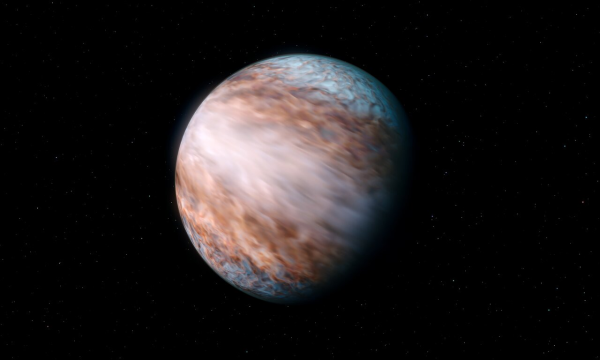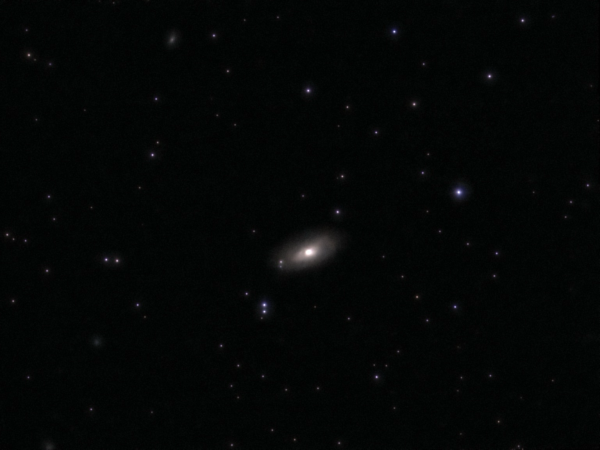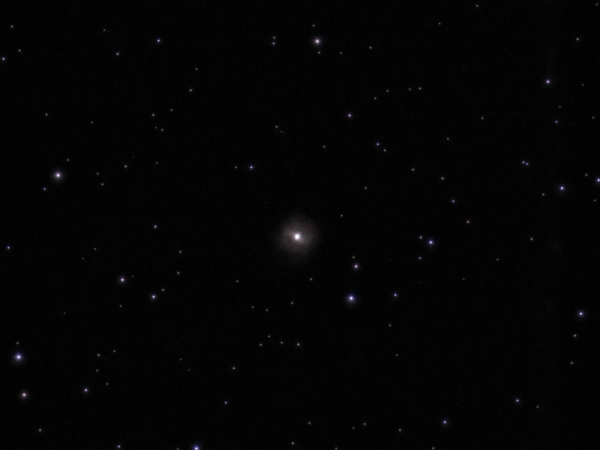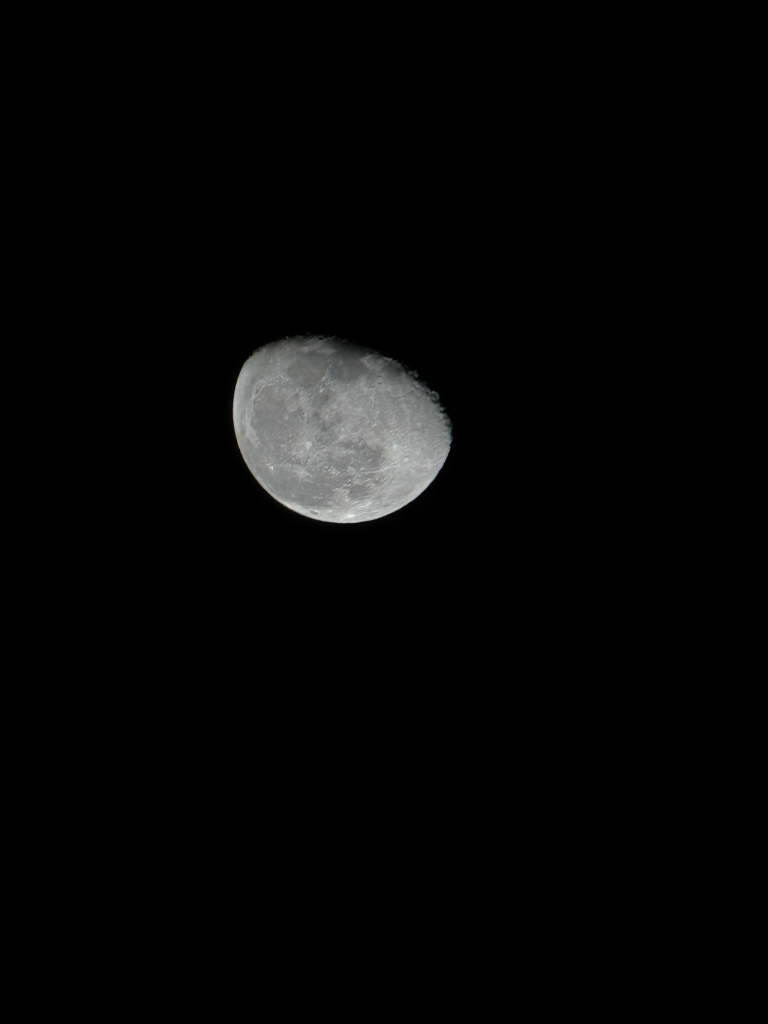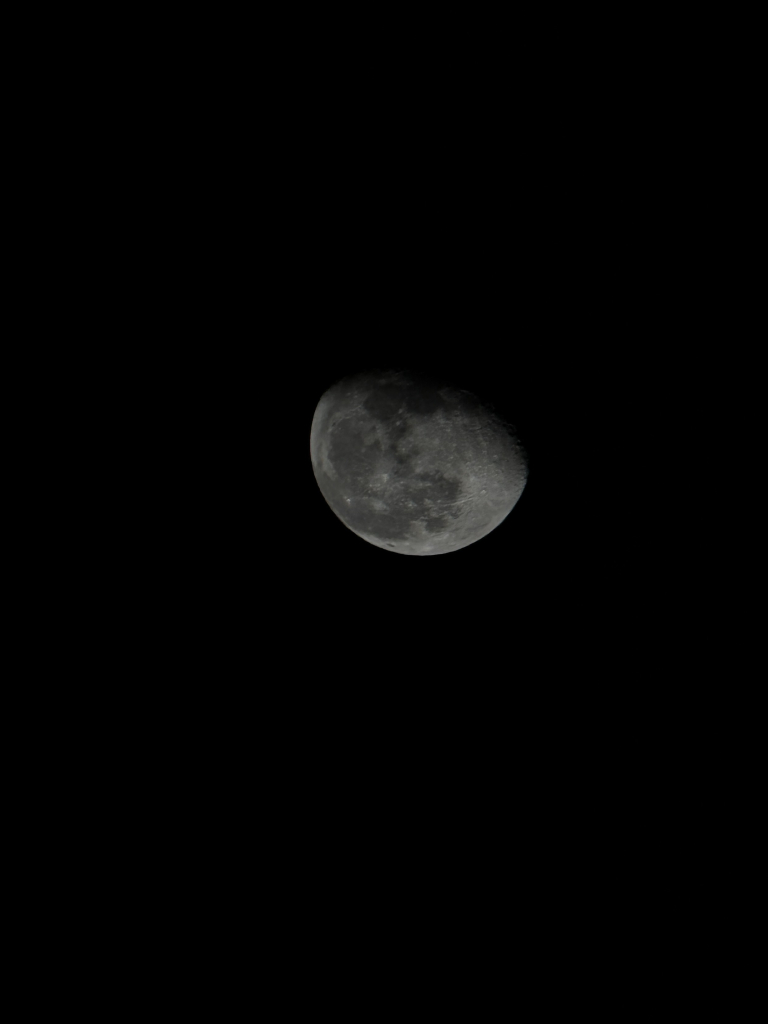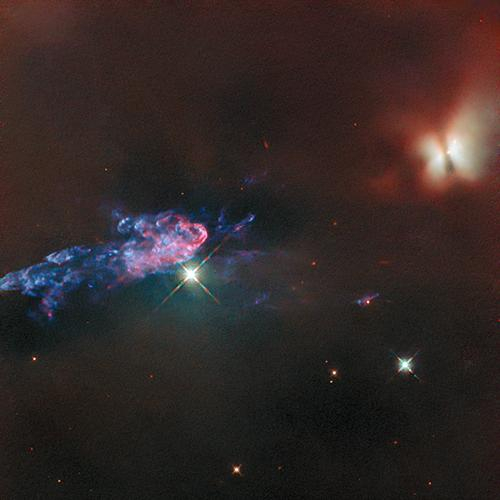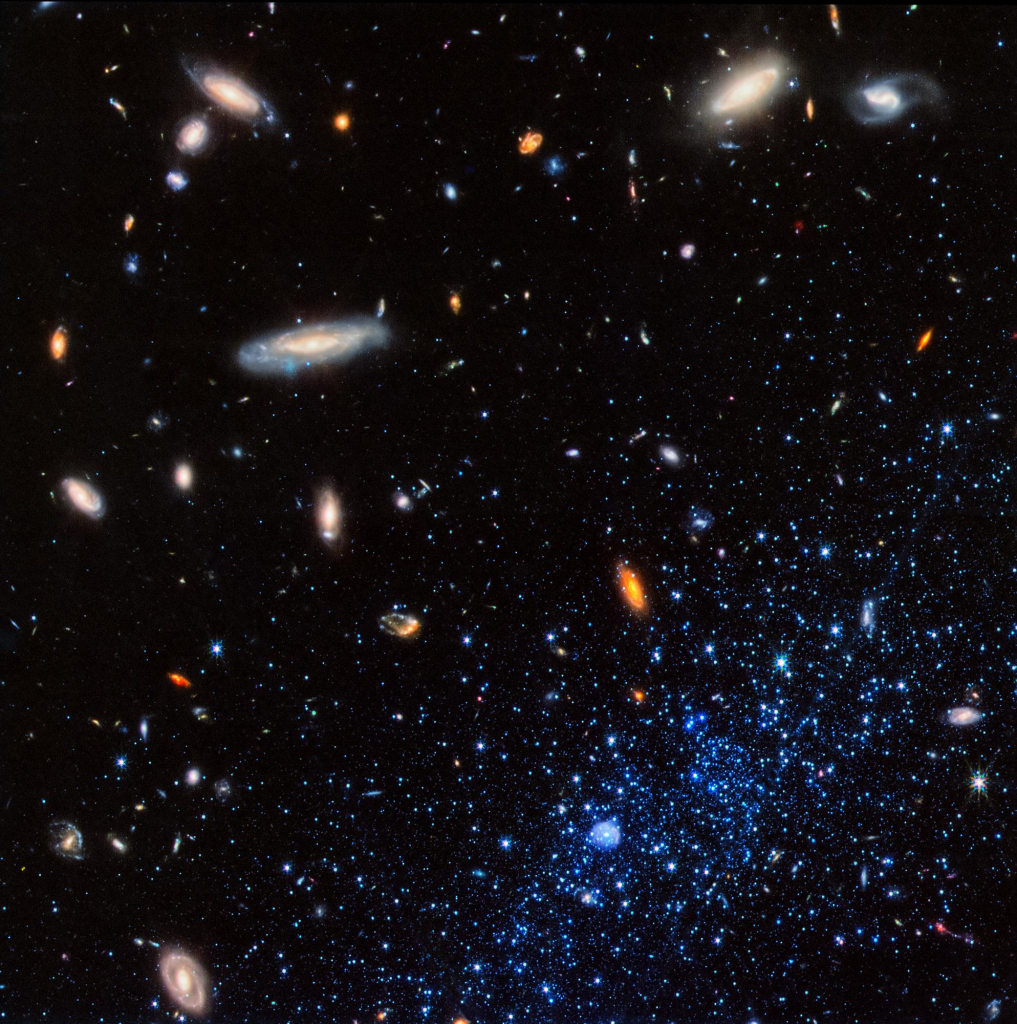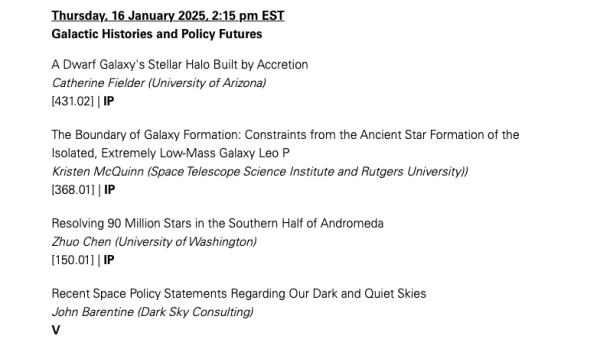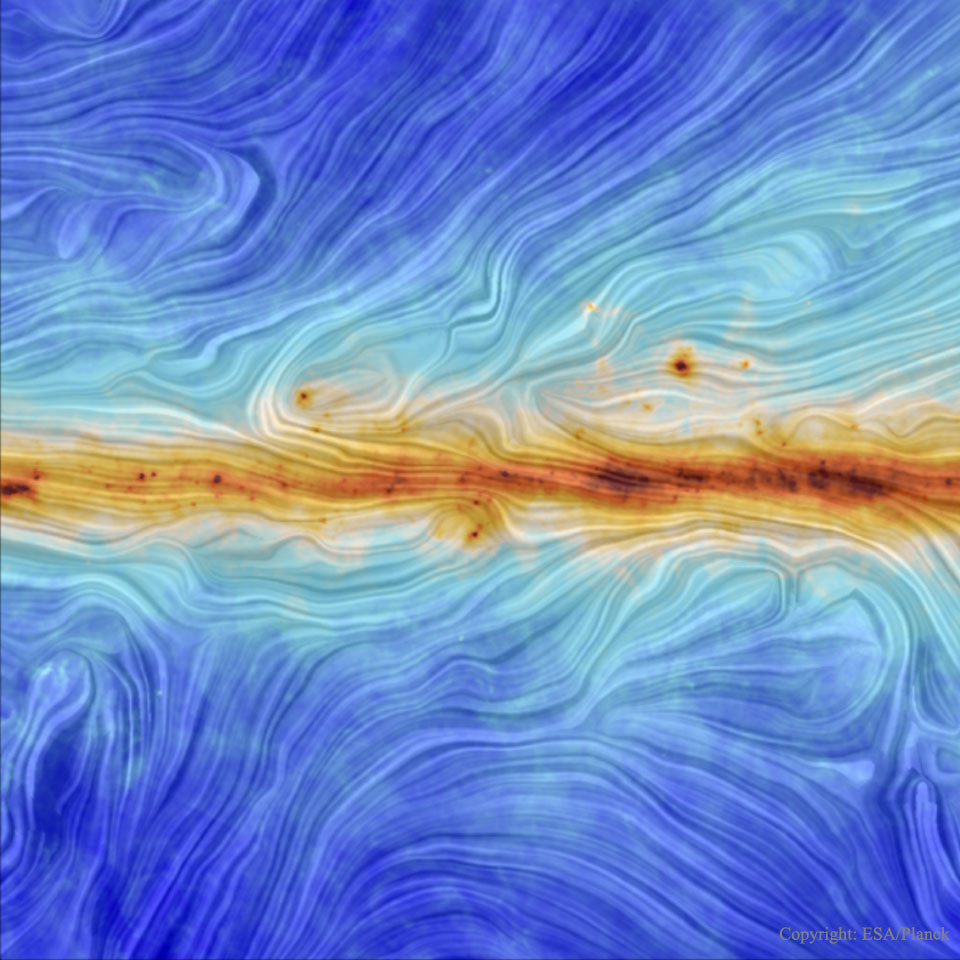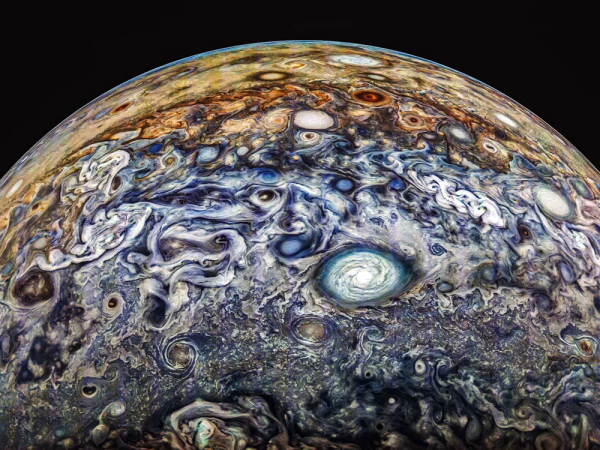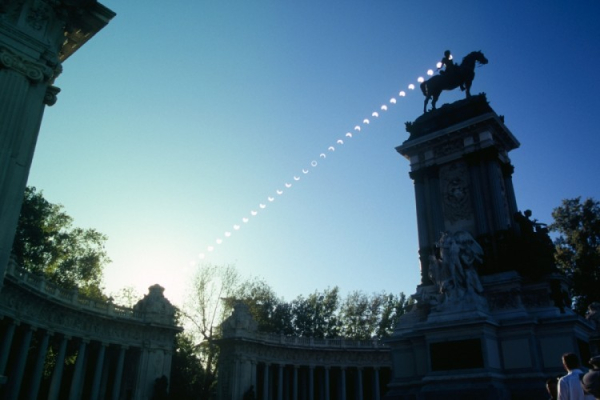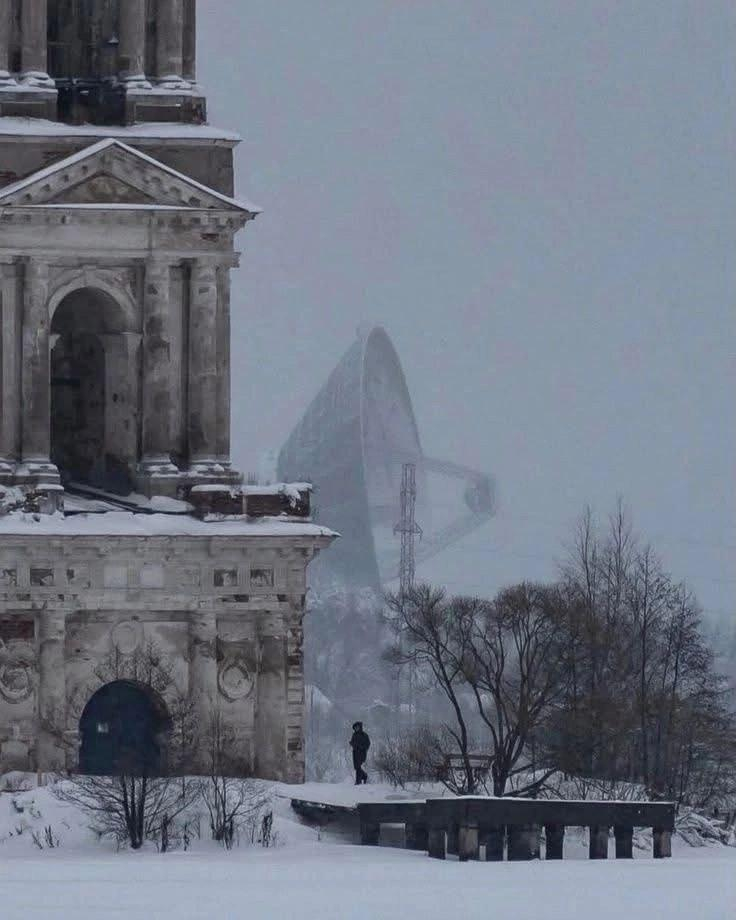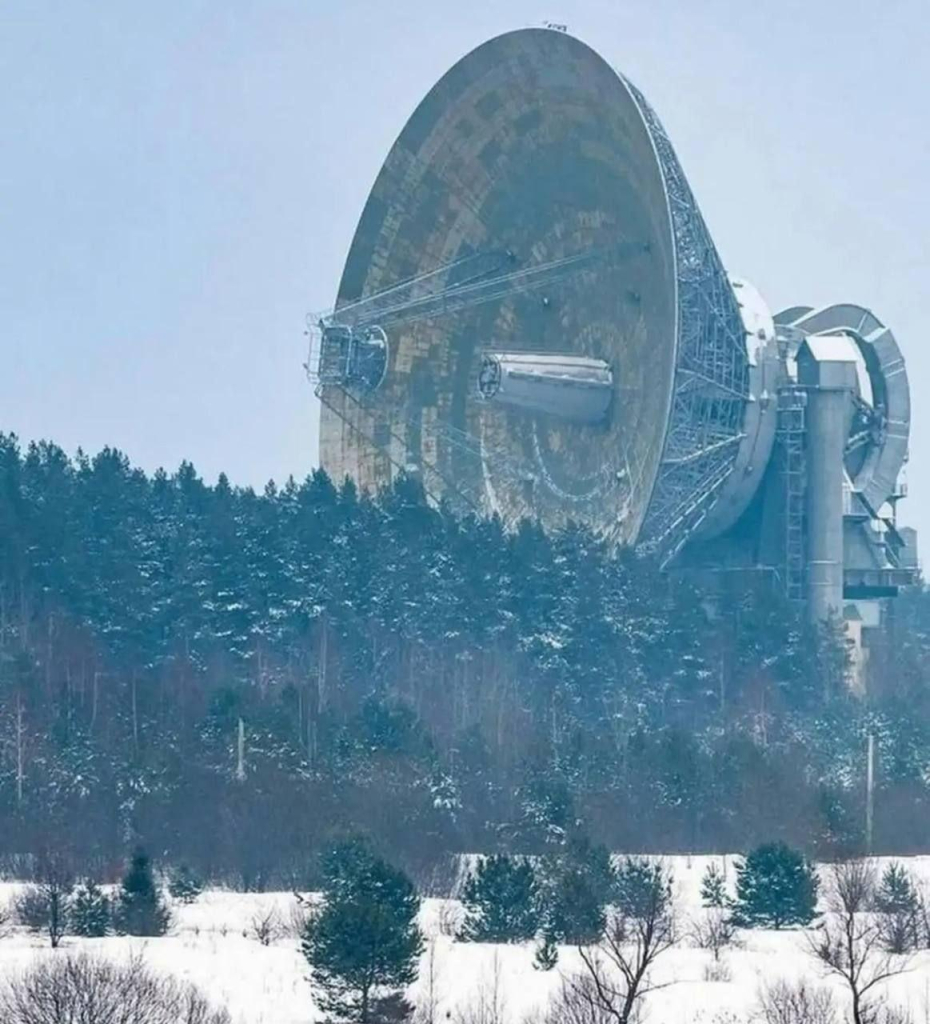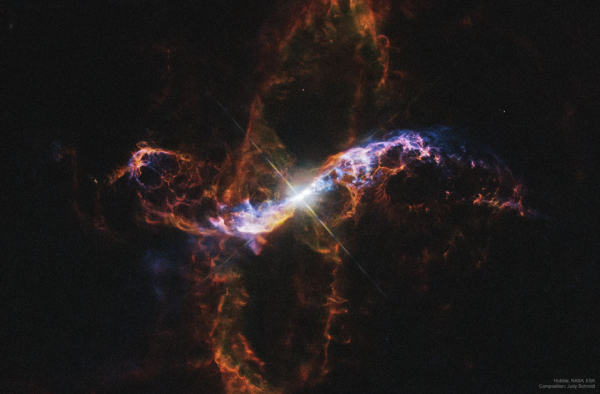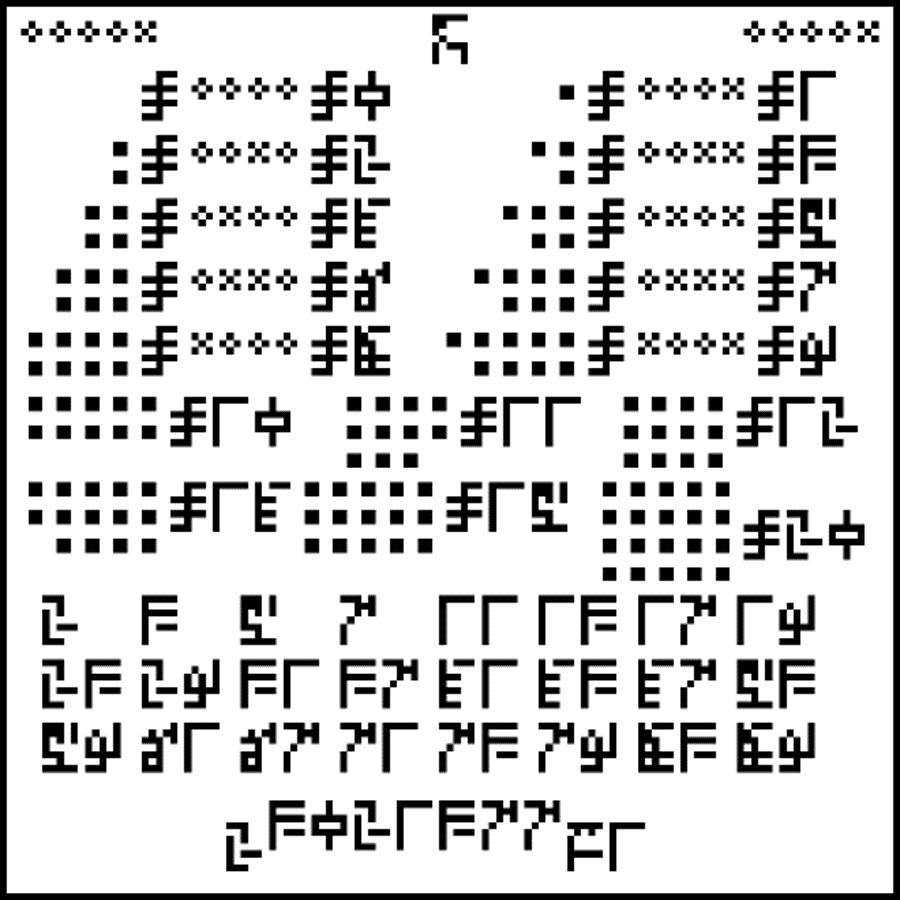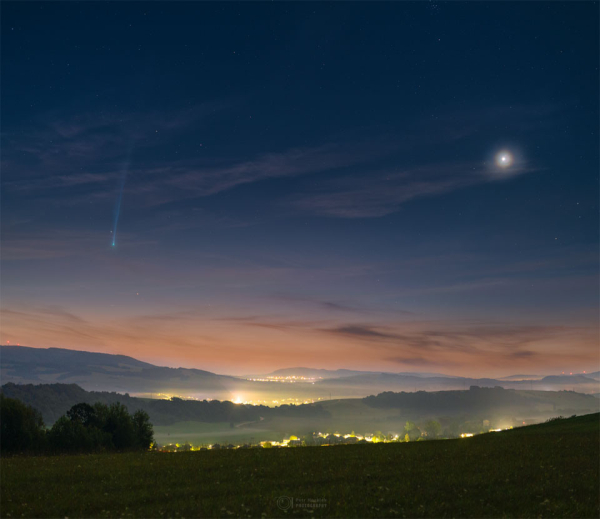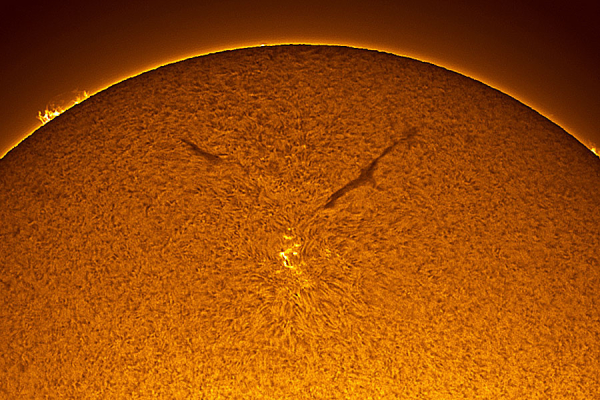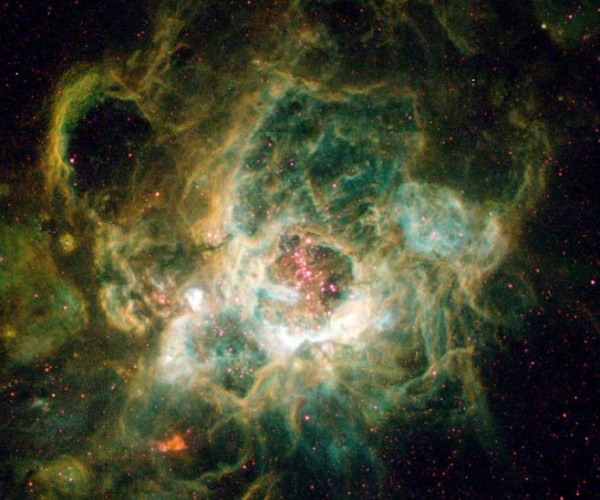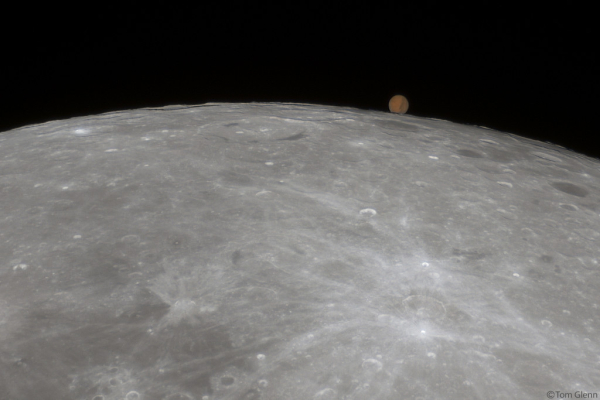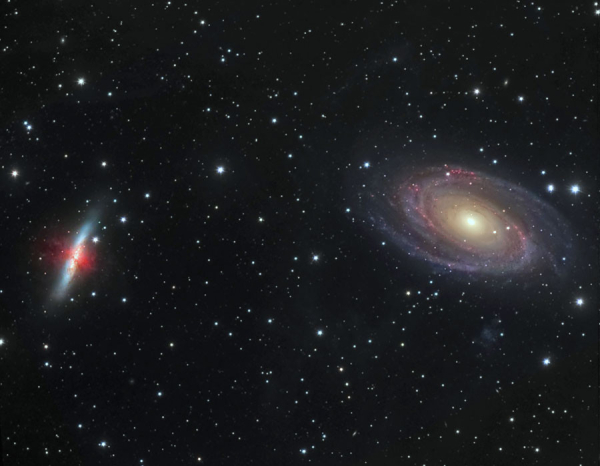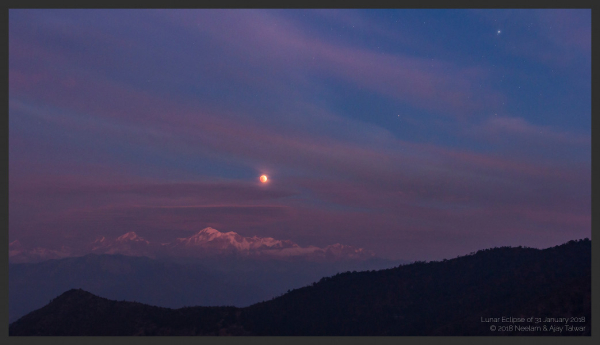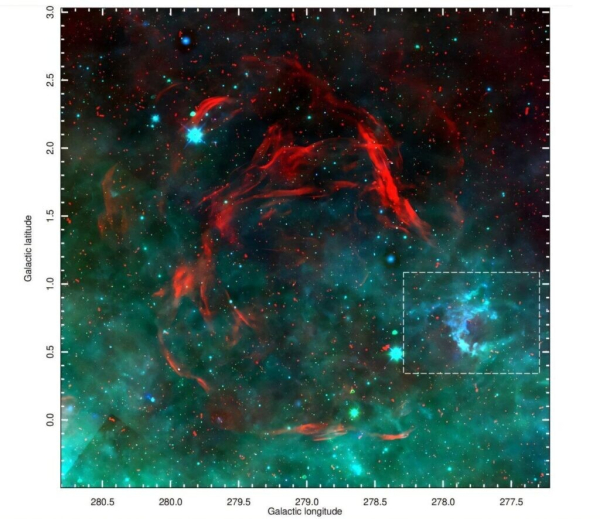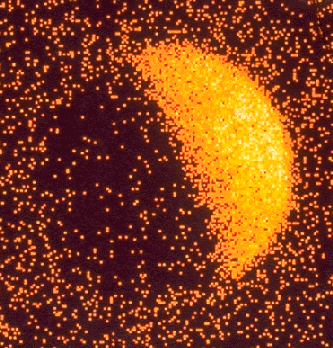Suche
Beiträge, die mit Space getaggt sind
UGC 05028 (the smaller spiral galaxy) and UGC 05029 (the larger spiral) form an interacting pair.
Interactions with its companion likely gave UGC 05028 its asymmetric structure. The bright knot in the bottom of UGC 05028 may be yet another small galaxy that is in the process of merging.
Credit: NASA, ESA, STScI, J. Dalcanton, Judy Schmidt, PanSTARRS
Source: https://www.flickr.com/photos/geckzilla/48172158187/
#ArpGalaxy #Galaxy #Space #Astronony
If you missed the news yesterday, here's a video recap of the latest discovery with our Very Large Telescope: https://www.youtube.com/watch?v=S84jjw__zlg
#astrodon #astronomy #astrophysics #space #science
- YouTube
Auf YouTube findest du die angesagtesten Videos und Tracks. Außerdem kannst du eigene Inhalte hochladen und mit Freunden oder gleich der ganzen Welt teilen.www.youtube.com
➡️ https://www.eso.org/public/news/eso2502/
Reaching speeds up to 33 000 km/h, the winds make up the fastest jetstream of its kind ever measured on a planet.
In comparison, the fastest wind ever measured in the Solar System was found on Neptune, moving at 1800 km/h.
How did they do it? Keep reading...
Artist's impression by ESO/L. Calçada
#astrodon #astronomy #astrophysics #space #science
Let your child's creativity soar as they bring these cosmic characters to life with vibrant colors.
Outer Space Robots Coloring Book For kids: Color Your Way to Another World
https://melinaedition.blogspot.com/2024/08/outer-space-robots-coloring-book-for.html
#space #spacerobots #outerspace #Kids #coloringbook #Blog #explore
#astrophotography #moon #photography #space #iphoneography #astrodon
Is Extra Space Storage (EXR) the Best Warehouse and Self-Storage Stock to Buy Now? - EUROPE SAYS
We recently published a list of 12 Best Warehouse and Self-Storage Stocks to Buy Now. In this article,EUROPE SAYS (EUROPESAYS.COM)
https://www.universomagico.net/2025/01/hops-150-y-153.html
This Hubble Space Telescope image is a close-up of the dusty recesses of the closest massive star-forming region to Earth, the Orion Nebula Messier 42. Located just 1,300 light-years from the Solar System and facing the Orion constellation, it is visible to the naked eye beneath.....
#astronomy #space #astrophysics #astrophotography
HOPS 150 y 153
Domingo 19 de Enero de 2025 Esta imagen tomada por el Telescopio Espacial...www.universomagico.net
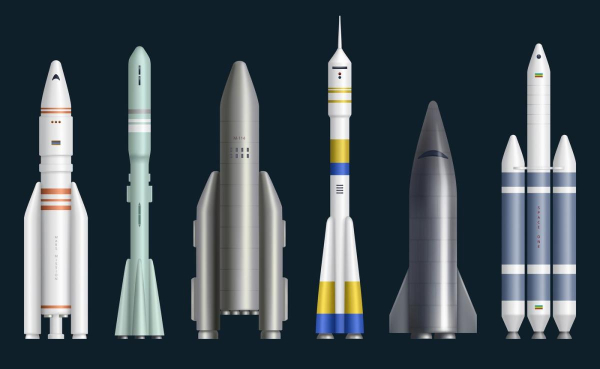
America's Space Race Is Over. So Who's Left to Invest In? - EUROPE SAYS
In some ways, 2024 was a great year for space investors. With 138 combined Falcon 9, Falcon Heavy,EUROPE SAYS (EUROPESAYS.COM)
💩-Kapitalismus walzt wirklich alles platt.
#Astronomie
#Atacama
#Urknall
#ÄltestesLichtDerWelt👽
#Kapitalismus
#space
#press
https://www.spiegel.de/wissenschaft/weltall/weltraum-riesen-teleskop-soll-das-aelteste-licht-des-universums-einfangen-a-5dc1d3e4-f993-489b-b86a-cb29d58fda61
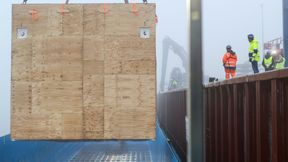
Beobachtungen in der chilenischen Wüste: Riesenteleskop soll das älteste Licht des Universums einfangen
Forscher haben am Freitag ein Teleskop, so hoch wie ein dreistöckiges Haus, auf ein Schiff geladen. Es wird an einen der dunkelsten Orte der Erde transportiert und soll Erkenntnisse zum Urknall liefern.DER SPIEGEL
It wasn't for certain whether it would survive it's closest approach to the sun on January 13th, but it did and delivered us a spectacular show!
https://flic.kr/p/2qFGG1e
#comet #C2024G3 #space #astrodon
C/2024 G3 (ATLAS) from SOHO LASCO C3
Comet C/2024 G3 as seen by the SOHO LASCO C3 coronagraph. Credit: ESA / NASA / LASCO C3 / Simeon Schmauß I processed this from the raw data which looks a lot different - it's dominated by sunglare, so it's hard to see the stars or the solar wind.Flickr
Space Telescope Science Inst. (@spacetelescope@astrodon.social)
828 Posts, 13 Following, 3.99K Followers · Mission Operations Center for the James Webb Space Telescope. Also operating the Hubble Space Telescope and upcoming Roman Space Telescope.Astrodon - The Astro Community
#Space #SpacePolicy #Astronomy #AAS245 #Media
AAS Press Office
The YouTube channel of the American Astronomical Society's Press Office, managed by AAS Press Officer Dr. Susanna Kohler.YouTube
via https://www.mps.mpg.de/career/jobs
Postdoctoral Position (f/m/d) in Exoplanets Formation
https://karriere.mps.mpg.de/jobposting/1fc4119cbd8f8ecc1a060a7d70a7a06f4cea454c0
Postdoctoral Position (f/m/d) in Solar System formation
https://karriere.mps.mpg.de/jobposting/f7fb401d9087516c760fd4031a6151c4af35e66b0
#Job #JobAd #SolarSystem #PlanetFormation #Space #Postdoc #Göttingen #WeAreHiring #astrodon

Job offers
MPS Jobs and Career. Job offers at the Max Planck Institute for Solar System Research. Latest employment opportunities. Please also check the German page.www.mps.mpg.de
➡️ https://astrogeo.de/kein-herz-fuer-pluto-der-wohlverdiente-zwergplanet/ 🪐 👎
Wenn ihr trotz alledem ein Herz für Pluto habt: Bear with us. Wir mögen ihn ja auch, den Zwerg, und zwar so wie er ist! 💙
#astrodon #space #pluto #planet #planet9
Kein Herz für Pluto: der wohlverdiente Zwergplanet
Seit 2006 gibt es ganz offiziell nur noch acht Planeten im Sonnensystem: Nach Neptun ist Schluss! Diese Folge von AstroGeo hat kein Herz für Pluto (als Planet) – aber warum wurde er überhaupt zum Zwergplaneten degradiert? Wie viele Planeten hat das S…AstroGeo - Geschichten aus Astronomie und Geologie
Credits: ESA, Planck, CNRS, IAS, U. Paris-XI
#nature #space #astrophotography
A meteorite hit a Canadian man's porch in Marshfield at 200 km/h.
For the first time in history, video and sound of a falling celestial body have been preserved.
The whole thing was filmed by an intercom with a camera. Now scientists are studying the scattered fragments. According to experts, a piece of an astronomical object flew to us from the asteroid belt between Mars and Jupiter.
#AureFreePress #News #press #headline #meteorite #Space #Canada
Celestron NexStar Evolution 6 + ZWO ASI585MC Pro + HyperStar.
300mm, f2, 120 exposures of 60’’.
#telescope #telescopes #celestron #celestrontelescope #celestronnexstar #nexstarevolution #nexstarevolution6 #zwo #zwoasi #zwoasi585mc #astro #astrophoto #astrophotos #astrophotography #astrophotographer #spacephotography #astronomy #spaceexploration #nasa #universe #space #deepsky #deepspace #nebula #horsehead #horseheadnebula #b33 #barnard33 #ic434 #ngc2023
NASA’s Juno spacecraft has just released stunning images of Jupiter, captured during its 66th flyby of the largest and oldest planet in our solar system.
The Juno mission has been studying the Jovian system—Jupiter, along with its rings and many moons—to learn about the giant planet’s formation and evolution with the hope that it might shed light on the development of the entire solar system, per a NASA statement. The solar-powered spacecraft launched from Cape Canaveral, Florida, in August 2011 and reached Jupiter in July 2016.
“Jupiter is the Rosetta Stone of our solar system. Juno is going there as our emissary—to interpret what Jupiter has to say,” Scott Bolton, Juno principal investigator and associate vice president of the Southwest Research Institute’s Science and Engineering Division, says in the statement.
@science@lemmy.world @science@beehaw.org @space@lemmy.world @space@newsmast.community #space #science #nasa #astronomy
Credits: Hubble, #NASA, ESA, License, Judy Schmidt
#nature #space #astrophotography
Credits: Petr Horálek, Institute of Physics in Opava
#nature #space #astrophotography
Astronomers find massive supernova remnant closer than previously thought
Astronomers find massive supernova remnant closer than previously thoughthttps://phys.org/news/2025-01-astronomers-massive-supernova-remnant-closer.htmlBYTESEU (Bytes Europe)


